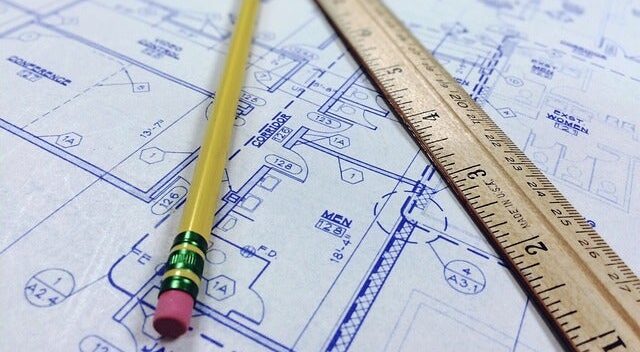STEPS finalizes deal to buy Israel Hill property
Published 3:17 am Tuesday, October 8, 2024
|
Getting your Trinity Audio player ready...
|
It’s been a busy couple of months for STEPS. The nonprofit just reopened Madeline’s House, the domestic violence and sexual assault shelter, last month. Now the group has finalized another long-term project by officially buying the Israel Hill property.
“The purchase is completed and we are the proud owners of 48.6 acres of property!” STEPS President/CEO Sharon Harrup told The Herald this past week.
Speaking at a town hall meeting organized by Prince Edward Supervisor Dr. Odessa Pride at Hampden-Sydney College in September, Harrup went a bit further in detail, both about the purchase and the very long-term plans for the land.
“We were blessed by the Sedgwick family stepping up and giving over $300,000 to buy that property,” Harrup said at the meeting. “And then we had grants from Centra Health to pay the balance.”
This property is located just off Layne Street in Farmville, on the west side of town. It’s referred to as Israel Hill because that was where, in 1810, 90 former slaves settled after being granted both their freedom and 350 acres. It was called Israel Hill, according to Moton Museum director Cainan Townsend, because the residents treated it like their promised land.
Now STEPS officials see the potential for several projects to take place on that land. But at the town hall meeting, Harrup emphasized that most, if not all of this, would take decades to develop. In fact, she added, the majority would likely not be completed in her lifetime.
“Many years after I’m gone, it will probably be built out for supportive housing for people that were previously homeless, it will have habitat homes,” Harrup said. “It will probably have some market rate homes.”
The current Israel Hill project
All of that is more a vision, where she wants the project to go. But as of now, there’s one thing STEPS will be working on and that is one apartment complex. That will be one 60-80 unit apartment complex on the property. That’s it. It won’t go any higher than 80 or any lower than 60. Second, as far as who will be moving in, STEPS officials point out there are plenty of homeless residents in need of help right here. The data shows from July 1, 2023 until now, STEPS has helped 75 households, including a total of 173 total people from this six county region. STEPS officials have argued that since the residents they want to help already live here, already send their children to school here and use fire and police as needed, there’s no extra burden on the local infrastructure.
And now we get into the details of what that complex is. It’s raised questions and concerns because there really hasn’t been something like this done in Farmville or really the region as a whole before.
The goal here is to build a $24 million ‘supportive housing’ complex. Supportive housing is designed as affordable housing to help get homeless individuals and families off the streets. But it’s a bit more than that. The concept also offers services to help homeless residents get back on their feet. We’re talking about case management, working with individuals to help them deal with things like appointment scheduling and planning ahead for rent payments. It also involves job and life skills training, so that residents understand things like time management, cooking and budgeting.
The next step
Neighbors of the property have raised concerns about its location, about the limited public transportation available and about the lack of jobs for these residents, once they’ve been trained. STEPS officials have said this is a long-term project and they don’t have answers to all of the questions yet. They still have to design the supportive housing complex and put together the funds to build it. That’s the next step.
In March of 2025, the goal is to apply for low-income housing tax credits. Corporations provide funding for the project and in return, they get the tax credits. Those investors can claim the credits against their federal taxes, but there is a catch. They can’t use the credits until the project is placed into service. It basically serves as a federal subsidy for developing low-income housing.






